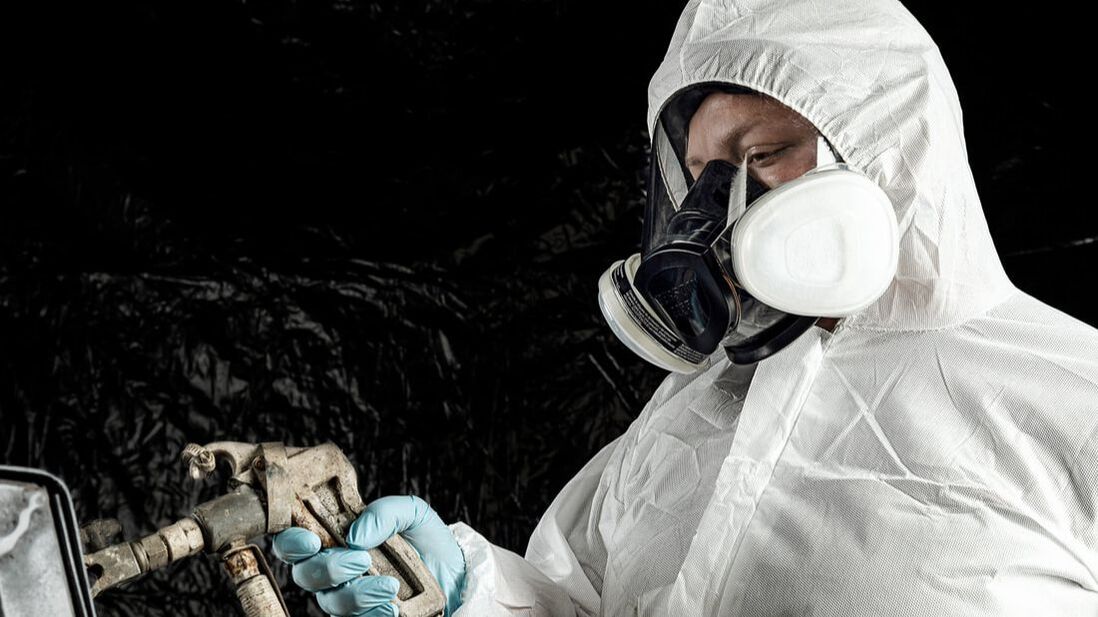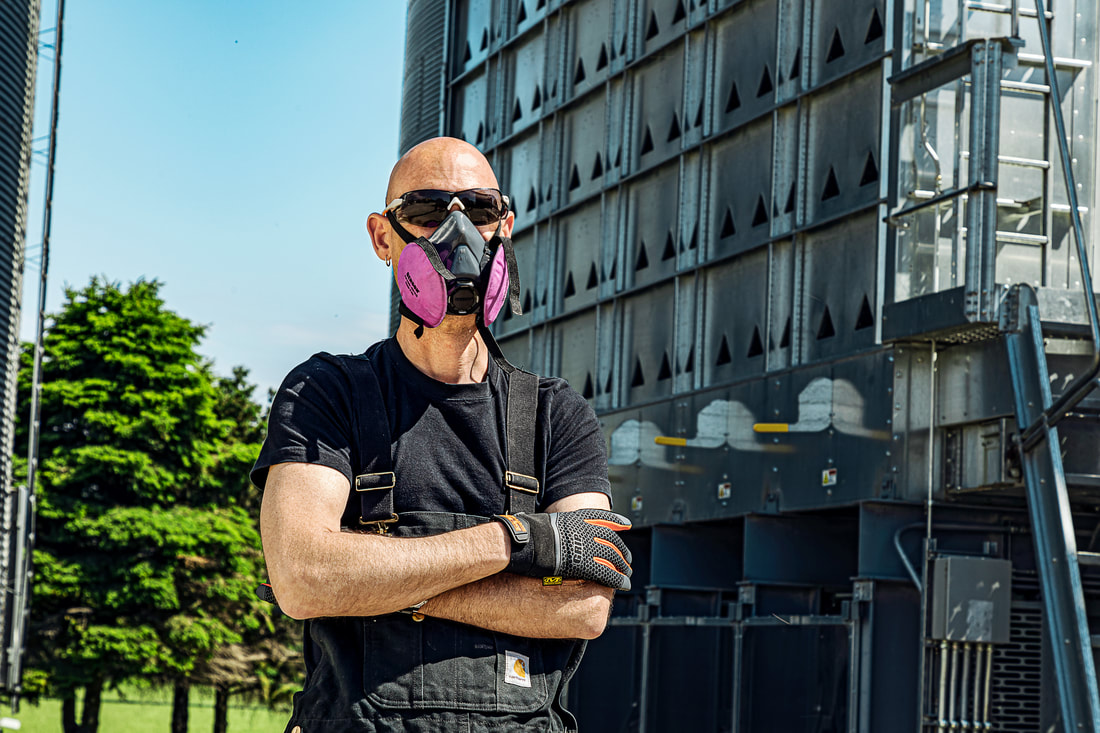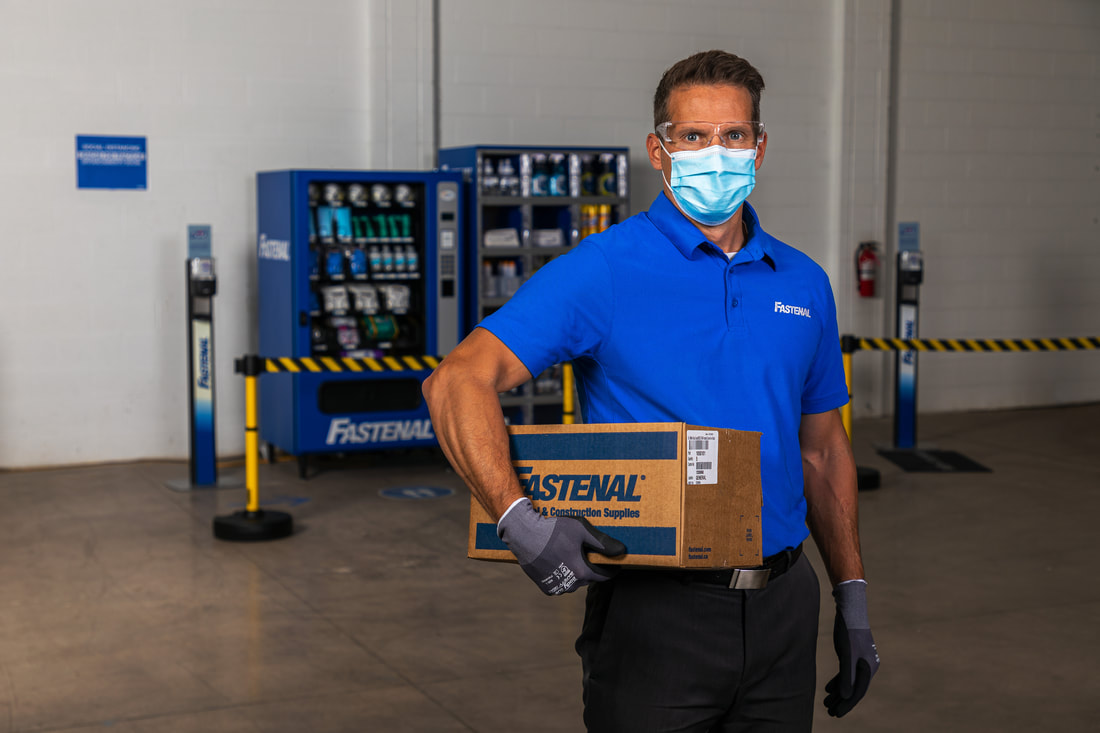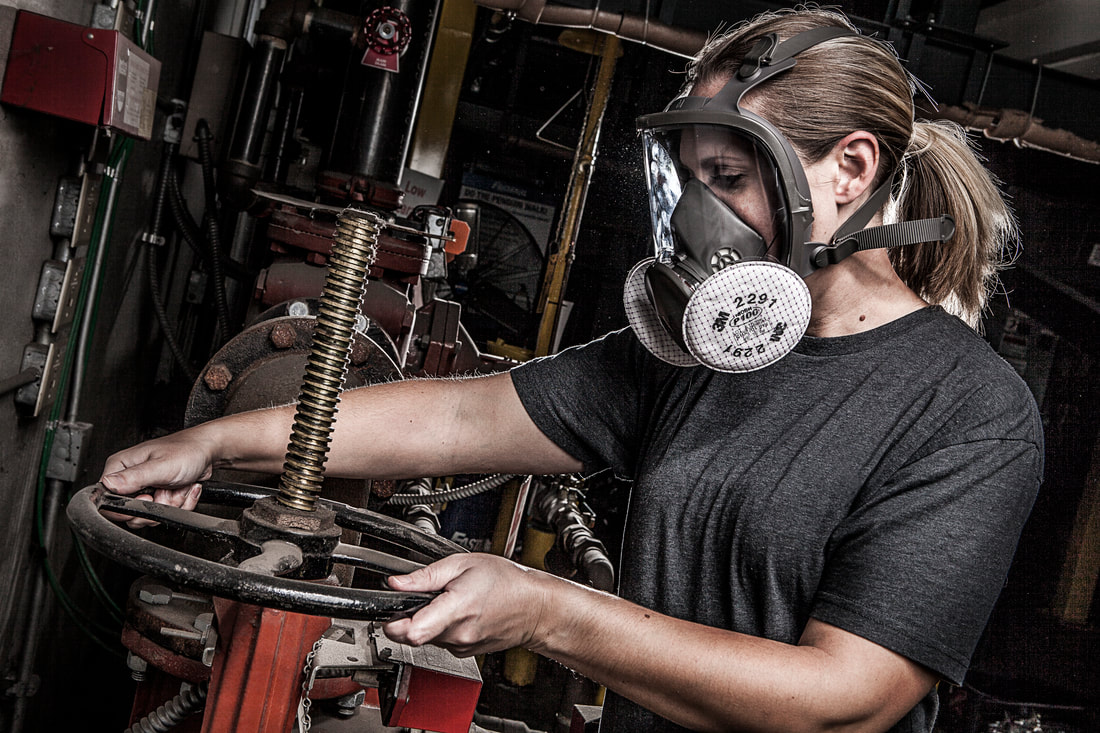How to pick the right respiratory protection
Updated September 20, 2023
By Evan Hardin, QSSP | Director of Safety Sales
By Evan Hardin, QSSP | Director of Safety Sales
|
When it became difficult to get respiratory products during the pandemic, confusion seemed to spike around standards. Emergency Use Authorization (EUA) was talked about, but for the most part, the standards haven't changed.
So whether your main concern is a virus or you’re protecting against physical hazards like mist, dust, or chemicals, a respiratory program is a good idea. Back to basics Maybe the most important thing we can all do regarding respiratory protection is to get back to the basics. In a lot of ways, I fear people are still putting a Band-Aid on an artery. They're still trying to find the – I hate using this, but here it goes – “new normal.” When I talk about getting back to the basics, it really is the basics. It’s about understanding the hazard you face. Can we remove that hazard? If not, can we replace it via a substitute? Or can we keep people away from it? So, if we go through the hierarchy of safety and arrive at the fact that we need respiratory PPE: That's the basics. That’s when you, as an employer, need to have a written respiratory program. What hazards do you face? To get started, look at the hazards in your environment. When you understand the contaminants that are present in the workplace, then you can act. Does your workplace have four walls and an HVAC system or is it a construction jobsite and you have silica dust? Side note: I still see people out there cutting concrete dry with no respiratory products on, and that dust is a known carcinogen. That's something that will kill you. Get some PPE, people! Back to the different types of hazards. Do you face a dust, a fume, a mist? Or maybe it’s a gas or a vapor. If you're a firefighter, it could be smoke. Maybe it's just oxygen deficiency because you're going into a confined space, and there's no oxygen to breathe. All of those hazards are examples of where you need a respiratory protection program. With each of those hazards, there's a process to identify what PPE is required. Depending on your work, maybe you need an N95, a half-face, or a full-face mask. In some cases, you NEED a full supplied-air system. All of these are determined by the concentration and the amount of time an employee spends in the environment. In short, the hazards you face will determine the protection you require. The importance of fit tests Pop quiz: Why do firefighters not have beards? They have mustaches and goatees, sure. But why do they never have full beards? Because they have to be able to get a tight seal on their respirators. And that’s why one of the first requirements for a fit test is being clean shaven. Whether it's a half-face around your cheeks or a full-face that’s up above your eyebrows and down around your jawline and chin, all the places where a respirator is going to hit need to be clean-shaven. If you're in an environment with a chemical vapor and all it takes is one little breath to take you out, then you understand why fit testing is everything. You don’t want to find out you have an ill-fitting piece of PPE while on the job. That’s why fit tests exist. They’re the only way to determine if a mask fits properly and is creating that adequate seal to really protect the wearer from whatever the workplace is throwing at them. Qualitative versus quantitative So we know what hazard we face and that we need fit testing. Now, what kind of test should it be? Qualitative fit testing is basically a pass/fail test. If you can taste or smell an irritant through your proposed PPE, it fails. On the other hand, quantitative tests measure the actual amount of leakage. A qualitative test might be good for workers who are likely to wear something like an N95. But anytime you get into half-face or full-face respirators, then you absolutely want to use a quantitative test where you're actually counting the particulates and measuring the fit factors. The quantitative method is a very technical, standard-driven test. There are certain activities you have to do while you're doing it. You have to be able to move your head and you do that in a qualitative as well, but the difference is you know you're in a qualitative, which is basically a self-policed test. So if you want to cheat the system, you can, but in a quantitative environment, you can't. And that's why you use a quantitative fit test for hazards where, if it's not done correctly and formally documented, the hazard could really hurt someone. Not to mention that if you don’t, you're not in compliance with the law, and if something were to happen and there were a post-accident investigation or some sort of litigation, you wouldn’t be able to prove that you did your part as an employer. So it’s definitely important to understand the difference in the tests and the different products that you want to use for a qualitative versus a quantitative test. When to test Fit testing isn’t one and done. We have to do this type of testing for new employees, of course, but there are other times that we need to be thinking about this, too. Maybe the most common time is when you change a product. It might seem simple to go from Brand A to Brand B. They're both half-face respirators with an organic vapor cartridge. They're slightly different colors, but you're just going from a half to a half. You still have to re-test. This is because fit tests are based on the make, model, and even size. Let’s say in Brand A you wear a medium, but for Brand B you wear a large. You won't know that until you actually do the fit test. Sure, you can put the new one on and feel the fit. But you won’t know you’re protected. Then the third biggest reason for testing is a change in job function. Say you start in a custodial role, where you're cleaning up and sweeping dust away. But then you get hired to work on the production floor where you're handling chemicals. That’s one example where you’d have to re-test. At the end of the day, fit tests are needed for new employees, new products, or any hazard and environment changes. Takeaways It's likely respiratory protection will continue to be front of mind moving forward, because it looks like there will be an increased awareness around health in the workplace. Also, everybody is thinking about masks and respiratory protection in a way that we just haven't done as a society before. So if you’re looking for how to pick the right respiratory protection, start with these.
And if you're not sure about what you face, just give me a shout, and I can help you. You may also like:Vertical Divider
|
Like what you're seeing here? Subscribe to the Blue Print for FREE and get the magazine sent right to your address.
|





